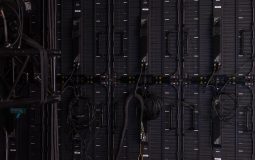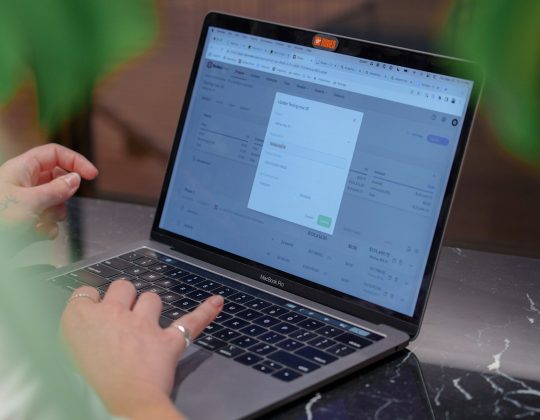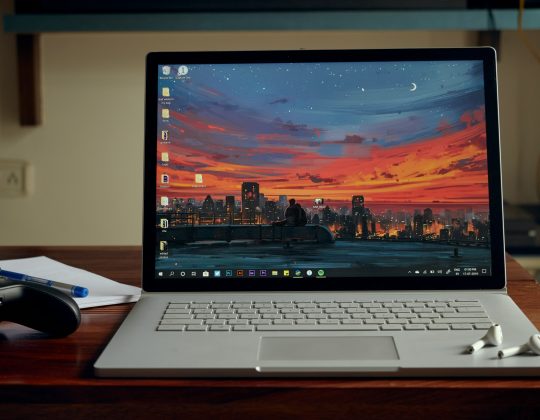As we move deeper into the digital era, cybersecurity is not just an IT responsibility—it’s a shared commitment for everyone. In 2025, the landscape of cyber threats continues to evolve, making regular awareness updates essential. Understanding the nuances of phishing tactics, the risks posed by seemingly innocuous USB devices, and the role of Multi-Factor Authentication (MFA) can make all the difference in protecting sensitive data, both personal and professional. This refresher provides a concise guide to help you stay sharp, alert, and cyber-resilient in today’s increasingly connected environment.
Phishing Scams: More Sophisticated Than Ever
Phishing attacks remain one of the most common and dangerous cyber threats. While most people have been warned about phishing emails, attackers in 2025 are using more advanced tactics to exploit human psychology and bypass detection technologies.
What Has Changed Since 2024?
- AI-generated content makes fake emails and websites indistinguishable from legitimate sources.
- Spear phishing campaigns are now tailored using data harvested from social media and breached databases.
- Smishing (phishing through SMS) and vishing (voice phishing) have become more prevalent with deepfake technology being used for voice impersonation.
Attackers often impersonate figures of authority like CEOs, HR personnel, or financial departments to manipulate targets into providing credentials or authorizing transactions. These contacts may come via email, SMS, or even phone calls.
How to Protect Yourself:
- Be skeptical of urgent messages requesting immediate action or payment.
- Always verify links and sender details before clicking or replying.
- Use email filters that flag suspicious content and unknown senders.
- Report suspected phishing attempts to your IT department or security team.
Remember: Legitimate organizations will never ask for sensitive information via unsecured communication channels.
The Hidden Dangers of USB Devices
Have you ever found a USB drive in a parking lot, office restroom, or shared workspace and felt tempted to plug it in to identify the owner? You’re not alone—and that’s exactly what cybercriminals count on.
USB devices are convenient, but they also present a potential cybersecurity minefield. In 2025, malware-infected USB drives remain a simple yet effective method for breaching secure systems. Even a seemingly new or branded thumb drive can harbor sophisticated malware programmed to auto-run once inserted.
Common USB Attack Types:
- Rubber Ducky Attacks: These devices mimic human keystrokes to execute malicious commands within seconds.
- BadUSB Attacks: The firmware within the USB is altered to emulate network cards or keyboards, bypassing most antivirus programs.
- Data Theft: Malicious devices designed to secretly clone files or inject spyware into a system.
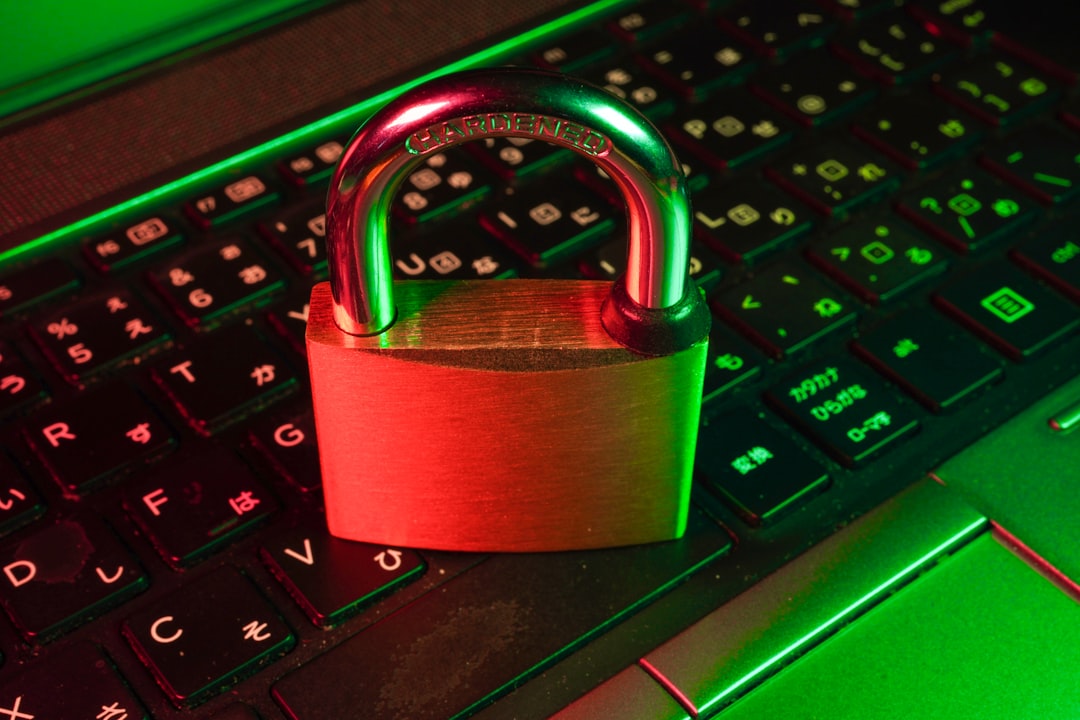
How to Stay Safe:
- Never use unknown or found USB devices.
- Disable the auto-run feature on your computer to prevent automatic malware execution.
- Use endpoint protection tools that scan and verify new devices before interaction.
- Use encrypted USB drives from trusted vendors for secure file transport.
- Implement strict USB policies in the workplace to limit connection permissions.
Pro tip: If you must share files offline, use secure and approved sharing tools—or encrypted cloud services.
MFA Basics: Your Extra Layer of Security
Multi-Factor Authentication (MFA) has become a cornerstone of digital security practices, adding an extra layer of protection to user accounts. As cyber threats become more innovative, MFA mitigates the risks of stolen credentials by requiring multiple forms of verification.
MFA requires at least two of the following:
- Something you know – like a password or PIN
- Something you have – like a smartphone, hardware token, or smart card
- Something you are – i.e., biometrics such as fingerprints or facial recognition
Why MFA Is Crucial in 2025:
- Passwords alone are often weak or reused across accounts.
- MFA stops unauthorized access even if credentials are compromised in a data breach.
- Modern MFA apps (like Google Authenticator, Microsoft Authenticator, or Duo Mobile) support push notifications, token generation, and biometric verification for increased convenience and usability.
You might think it’s inconvenient, but compromising your accounts due to a weak password could be far worse. Consider this: a single breached login can lead to a cascade of data loss, identity theft, or corporate espionage.
Best Practices for Using MFA:
- Enable MFA on all accounts that support it—especially email, financial, and cloud services.
- Prefer app-based authentication over SMS, as texts can be intercepted or hijacked.
- Don’t forget to update recovery methods in case your MFA device is lost or replaced.
- Use biometric MFA cautiously, especially in high-risk environments where fingerprints or facial data could be captured or spoofed.
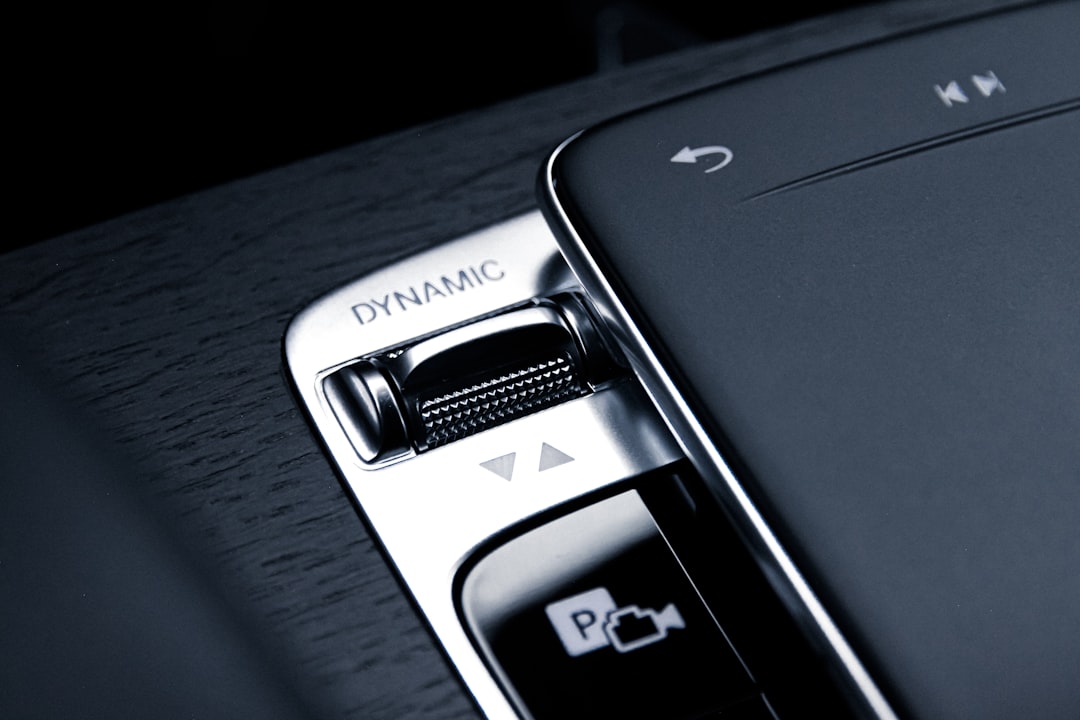
Bringing It All Together
As cyber threats mutate and adapt, so must our defenses. Cyber awareness in 2025 isn’t just about following institutional policy—it’s about understanding the why behind the actions. When you recognize the intent and methods behind phishing attempts, avoid risky USB practices, and utilize robust MFA, you create a layered defense that frustrates attackers and protects assets.
To recap, here are your Cyber Awareness 2025 essentials:
- Stay vigilant against phishing by questioning urgency and verifying authenticity.
- Treat all unknown USB devices as threats— never plug them into your system.
- Implement and actively use MFA as a non-negotiable part of your login routine.
Combining common sense with updated digital hygiene can substantially reduce your vulnerability to attacks. Whether you’re securing a massive enterprise system or protecting your personal data, your awareness is the first—and often best—line of defense.
Cybersecurity is no longer optional. It’s a continuous journey—and staying informed is your most powerful tool.

